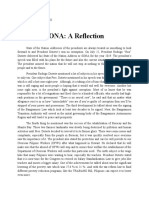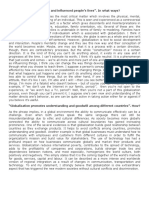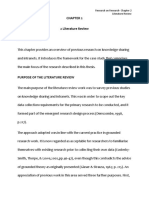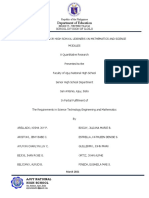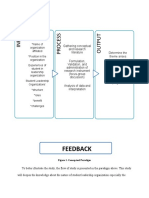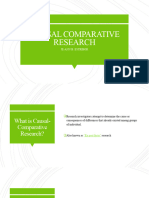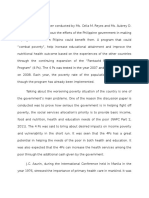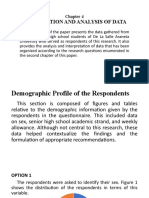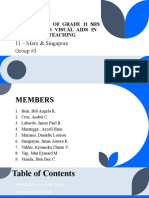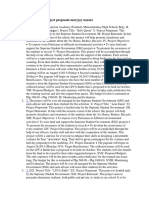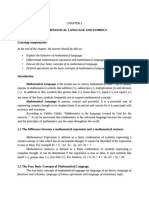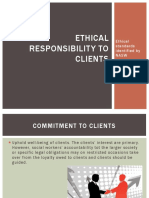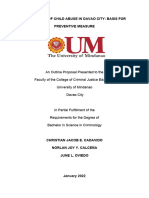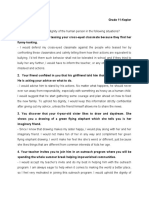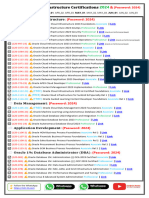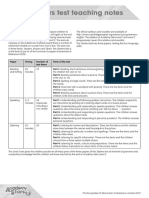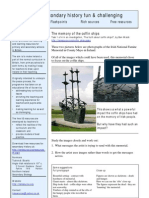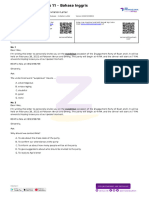0% found this document useful (0 votes)
152 views8 pagesSummary, Findings, Conclusions and Recommendations
This chapter summarizes the study, presents findings and conclusions, and provides recommendations. The study examined students' awareness of guidance counseling programs at a school in the Philippines. It found that most students were unaware of counseling facilities, services, and personnel. The guidance office needs to improve accessibility, resources, and publicize its functions and services. Recommendations include enhancing physical facilities, making services more available, training counselors, and offering a wider range of guidance activities to better support students.
Uploaded by
Jan Fhurt Malabanan ArregladoCopyright
© © All Rights Reserved
We take content rights seriously. If you suspect this is your content, claim it here.
Available Formats
Download as DOCX, PDF, TXT or read online on Scribd
0% found this document useful (0 votes)
152 views8 pagesSummary, Findings, Conclusions and Recommendations
This chapter summarizes the study, presents findings and conclusions, and provides recommendations. The study examined students' awareness of guidance counseling programs at a school in the Philippines. It found that most students were unaware of counseling facilities, services, and personnel. The guidance office needs to improve accessibility, resources, and publicize its functions and services. Recommendations include enhancing physical facilities, making services more available, training counselors, and offering a wider range of guidance activities to better support students.
Uploaded by
Jan Fhurt Malabanan ArregladoCopyright
© © All Rights Reserved
We take content rights seriously. If you suspect this is your content, claim it here.
Available Formats
Download as DOCX, PDF, TXT or read online on Scribd
/ 8



